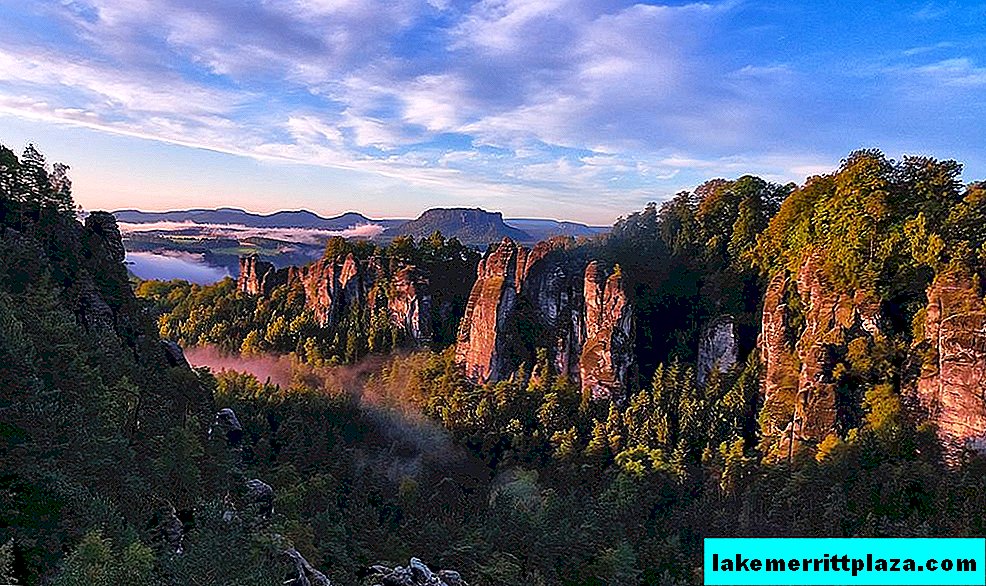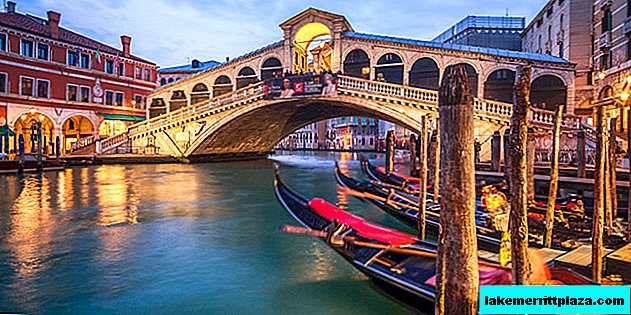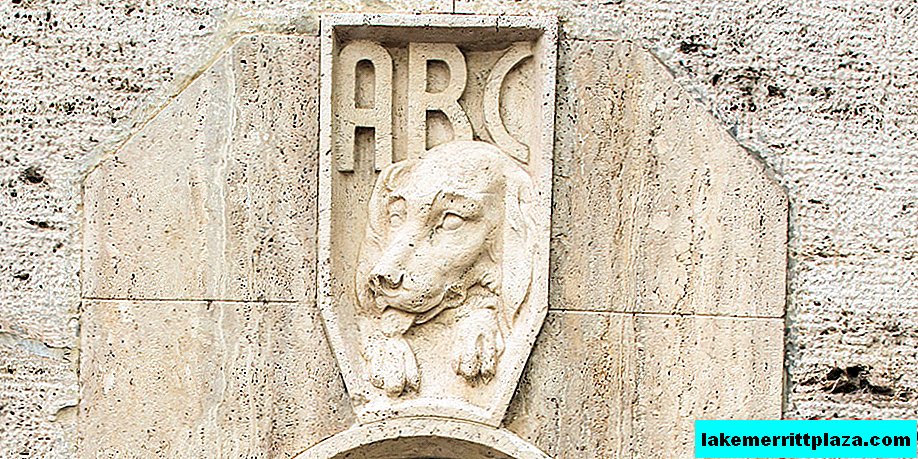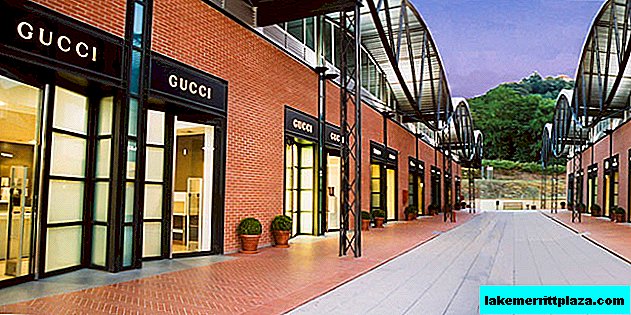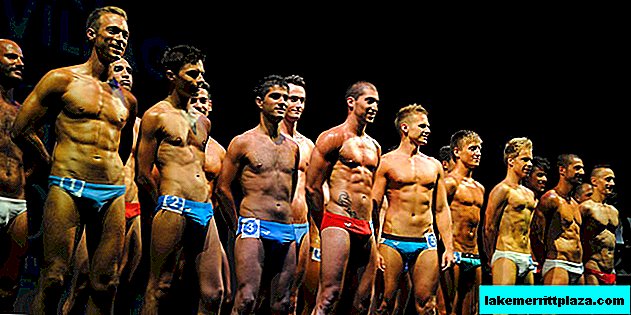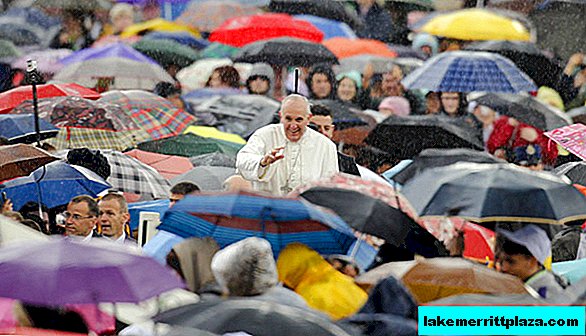A priest danced in a square in the center of Rome, surrounded by parishioners. Amazed tourists, as well as a group of schoolchildren from France, helped in every possible way to create a special atmosphere, supporting an incendiary clergyman, who thus tried to draw public attention to the upcoming canonization of Pope John Paul II and John XXIII.
The project # 2popesaints 2popesaints.org, led by Father Stefano Cascio, a charismatic priest, involved students as well as parishioners acting as volunteers. Earlier, Father Stefano shot another video depicting people dancing to the track of Farrell Williams “Happy”, ranging from bartenders to nuns, which have already gained more than 100 thousand views on YouTube.
“We wanted to draw the attention of young people aged 15-30 to the upcoming beatification, which they probably did not hear anything about,” Stefano explained.
“Today, the Church is actively using social networks, but the highlight of this project is that we attract youth with the help of youth.” The Vatican has an official Facebook page and twitter.com/2popesaints, however, # 2popesaints went beyond these resources: dedicated account on Instagram.com/2popesaints and Pinterest.com/srcarol/2-pope-saints/
It was the Pope Benedict XVI who became the first Pope to recognize the importance of social networks in the exchange of opinions and information. In 2012, the Vatican published its first tweet. After this, events began to develop even faster. Benedict’s follower, Pope Francis, already boasts an army of his fans: 13 million people from all over the world are following his Twitter posts. That is why Francis tweets are often translated into many languages, including Arabic and Latin.
“Even with a 140 character message, you can get people's attention,” says Father Stefano, which explains his online activity. He also noted that the idea of using various means to establish contact with believers is rooted in the early years of the emergence of Christianity. “The Bibles were written in Greek because it was then global, as English is now. We are following this example, but using other methods, ”he added, smiling.
The large-scale campaign # 2popesaints includes not only the appearance of Father Stefano in public, but also the creation of small comics that depict canonized pontiffs, a direct online report from church services and, of course, a photo story on Instagram. 3 thousand people have already subscribed to the project’s account on Twitter, despite the fact that it was launched only in February. All volunteers (about 20 people) participating in the campaign are divided into several groups, each of which meets a specific media platform. For example, Audrei Ricci, a close friend of Father Sefano, is responsible for the Facebook page, as well as for tweets in French. “The messages we post on Twitter and Facebook are designed to make us think about the most important things,” she explains.
3 thousand people have already subscribed to the project’s account on Twitter, despite the fact that it was launched only in February. All volunteers (about 20 people) participating in the campaign are divided into several groups, each of which meets a specific media platform. For example, Audrei Ricci, a close friend of Father Sefano, is responsible for the Facebook page, as well as for tweets in French. “The messages we post on Twitter and Facebook are designed to make us think about the most important things,” she explains.
Stefania Canini, a parishioner of the church of San Giovanni Battista de Rossi, who was dancing with a priest in the center of Rome, got into the project completely by accident. “He (Father Stefano) asked me to do so in the confessional. The priest’s dance video will be broadcast on huge television screens during the beatification ceremony, for which about 800 thousand pilgrims arrived in Rome. Movie director Maila Paone, producer at Rai, filmed this video on Piazza del Popolo. “The church is much more involved in this than you could imagine,” she says. “She realizes that young people communicate through social networks. The church today is not a superstructure, it is now on the streets, in squares, on flash mobs and on YouTube. Pope Francis shook believers and unbelievers. And on the Internet he is very popular! ”

